More about Lyrical
- All
- Info
- Shop
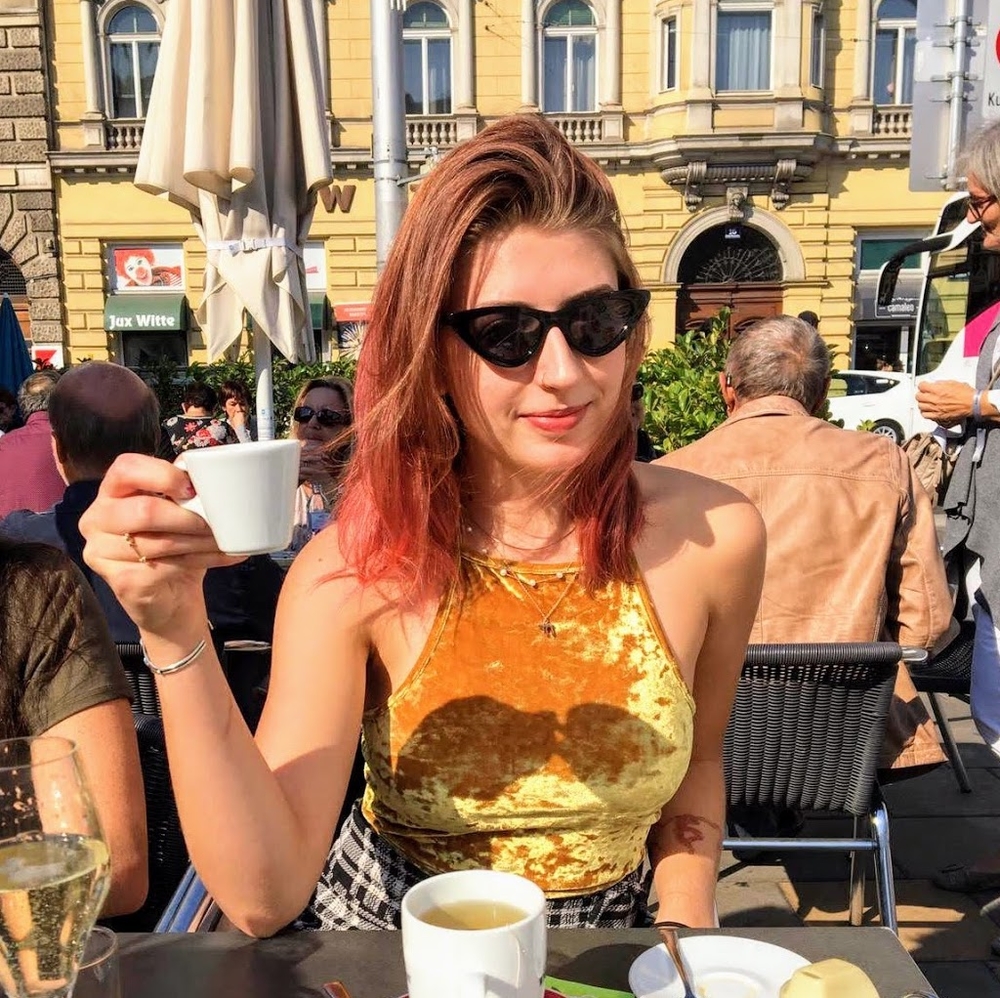
Contributor
Wassily Kandinsky’s interest in Siberian shamanism inspired him to paint Lyrical, an abstracted image of a man riding a horse.
At first glance, this painting looks like some simple scribbles and colour patches. It might even be mistaken for something your daughter made in preschool. Make no mistake, if you look closely, you can roughly make out the shape of a person riding a horse at full gallop. This artwork marks the shift between representational art and abstraction. Often considered the father of abstract painting, Kandinsky’s works began to morph into simple geometric forms during this period in the artist’s career. The artist aimed to join together spirit and logic through painting music. Born with a condition called synesthesia, Kandinsky could see sounds as colors and hear colors as sounds. The artist was inspired by the spiritual quality of music, noting that it is an art form which devoted itself “to the expression of the artist’s soul, in musical sound.”
Kandinsky and some other modernist painters, including Paul Klee created a group called Der Blaue Reiter, or The Blue Rider. The motif of the horse and rider was very prevalent throughout his work. One aspect of the significance of this motif is its reference to the term for modernists “avant-garde.” I’m sure that if you’ve read enough articles on Sartle, you’ve come across this term quite a few times, but if you’re not an art history buff, this word signifies innovation within art, or breaking away from tradition. The French word more closely translates to “vanguard,” referencing the first group in an army to advance. So, bear with me on this, the horse and rider motif is a visual analogy to the term used to define modernism. But this motif runs deeper than wordplay.
Siberian shamanistic practices particularly interested Kandinsky because of his Russian heritage. He identified himself with St. George who, in Siberian folklore, had shamanistic powers. Shamans could communicate with supernatural forces by leaving their bodies and embarking on a spiritual journey. They were believed to be intercessors between mortals and the spirit realm, and endowed with healing powers. The sound of the drumbeat put the shaman into a state of trance, which became his vessel to travel to other worlds. In this way, the drum was the shaman’s magic horse on which he rode up towards the heavens or down into the underworld. In some Siberian tribes, the shaman would ride a “hobbyhorse” carved from a birch tree branch. Picture a grown man riding a horse stick. Kandinsky stated in the very beginning of his memoir that, as a child, he loved “to ride.” His family coachman carved a horse from a tree branch for him, and he loved to gallop around on it. So, once again bear with me on this, Kandinsky loved “to ride” that wood.
Typically, the shaman’s drum had hieroglyphs and illustrations on them to signify their spiritual qualities, symbolizing the universe as a whole. Kandinsky aimed for this same type of universal symbolism in his desire to reconcile painting with music through his new artistic language of abstraction. As a result, his paintings became increasingly simplified, ultimately taking on a pictographic nature. In Lyrical, Kandinsky minimizes the aesthetic to a simple half circle, a couple of lines, and a scribble. As the motif further developed, the artist began to substitute the form of a circle for the horse and rider. Now, if you go to a museum with your friend and you want to impress them with how much you know about Russian modernist painters, you can point at any Kandinsky that has a circle and say, “Did you know that this circle represents St. George, a Siberian shaman, riding a horse?”
Sources
- Düchting Hajo, Heering-Labonté Christiane, and Wassily Kandinsky. Wassily Kandinsky, 1866-1944: a Revolution in Painting. Köln: Benedikt Taschen, 2000.
- Hess, Heather. “Vasily Kandinsky. Lyrical (Lyrisches) (Plate, Folio 9) from Klänge (Sounds). (1913).” MoMA.org. The Museum of Modern Art, n.d. https://www.moma.org/s/ge/collection_ge/object/object_objid-26604.html.
- “How Kandinsky Helped Create Abstract Art: Art: Agenda.” Phaidon, n.d. https://www.phaidon.com/agenda/art/articles/2014/december/16/how-kandin….
- “Lyrical.” Museum Boijmans Van Beuningen, n.d. https://www.boijmans.nl/en/collection/artworks/2134/Lyrical/Wassily-Kan….
- Paisley, Laura. “Shamans and the Russian Avant-Garde.” USC Dornsife College News RSS, September 26, 2013. https://dornsife.usc.edu/news/stories/1488/shamans-and-the-russian-avan….
- Weiss, Peg. “Kandinsky and ‘Old Russia’: An Ethnographic Exploration.” Syracuse Scholar 7, no. 1 (April 15, 1986). https://surface.syr.edu/cgi/viewcontent.cgi?article=1196&=&context=susc…
- Weiss, Peg, Neil A. Weiss, and Wassily Kandinsky. Kandinsky and Old Russia: The Artist as Ethnographer and Shaman. New Haven (Conn.): Yale University Press, 1995.

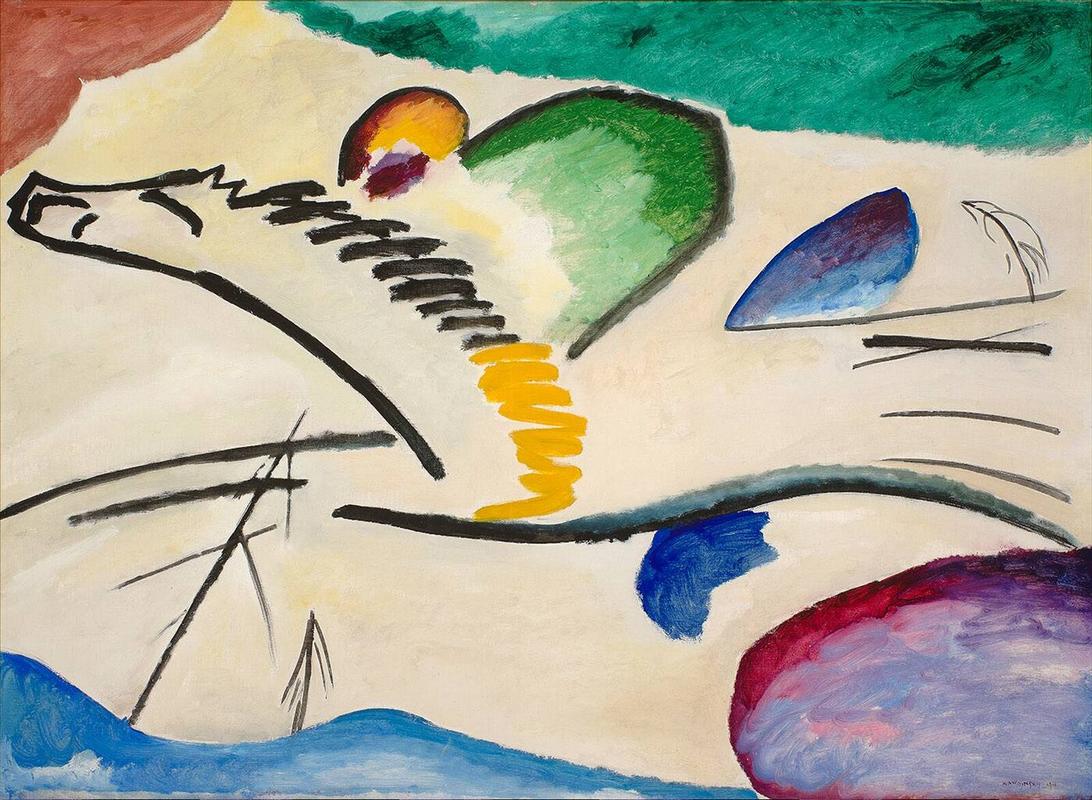


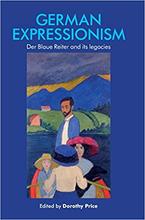
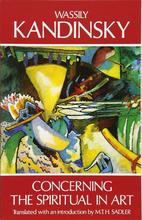
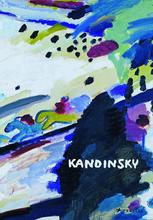








How interesting. First, I had never heard of synesthesia, so that was super interesting to learn that Kandinsky had it. He's one of my favorite painters. And I didn't know anything about the "shaman" references in his word. Fascinating. Thank you.